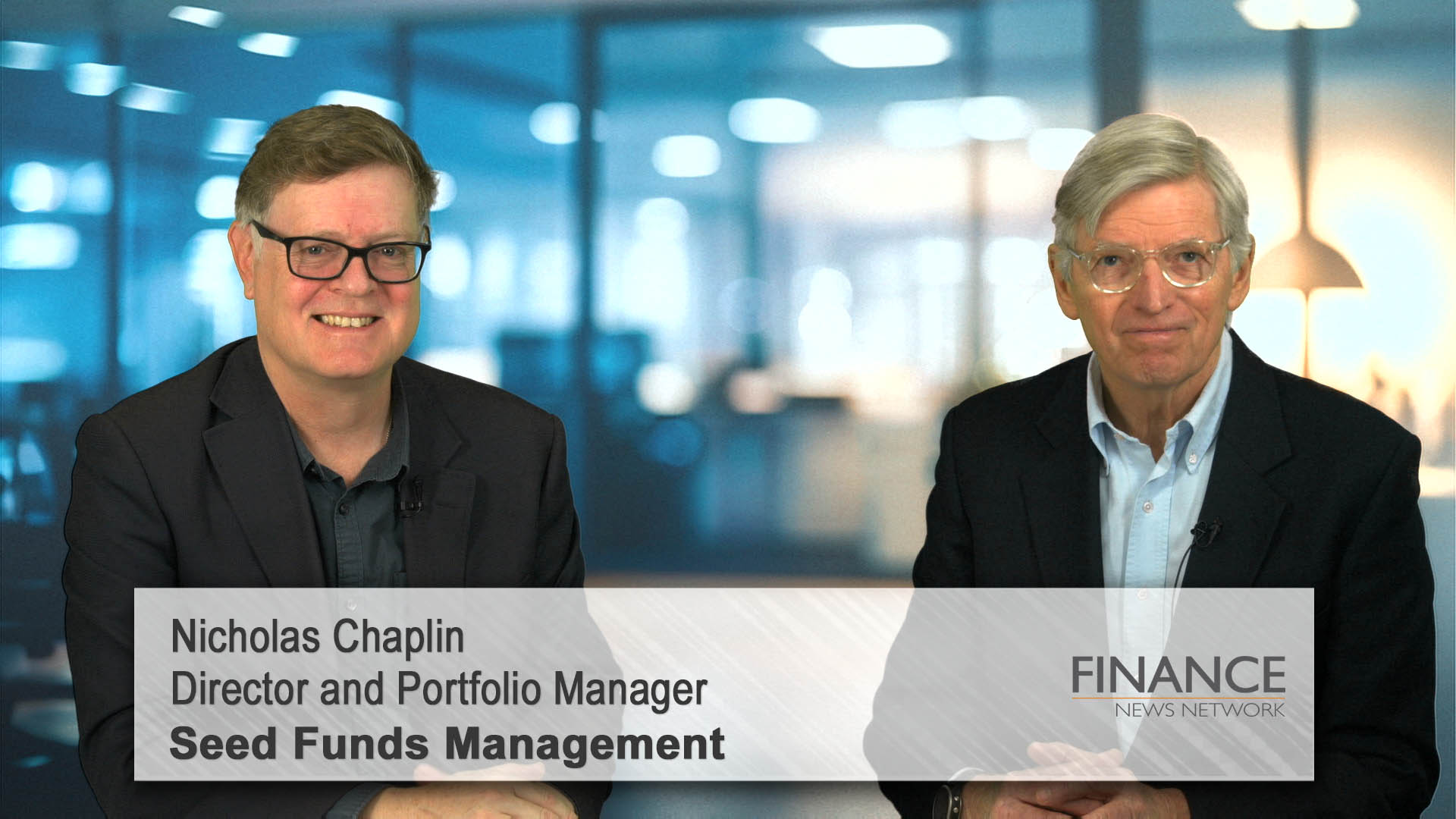“History is merely a list of surprises. It can only prepare us to be surprised yet again”. It’s hard to disagree with Kurt Vonnegut having lived through 2020. A global pandemic which changed the face of the world, a vaccine being available by the end of the same year and the most powerful leader in the western world deciding he only liked the rules governing democracy when they worked in his favour; this is a tiny subset of the surprises of the past year. Financial markets provided plenty more.
In an era where data collection and mining has been embraced with religious fervour, how one chooses to interpret those surprises can vary. Those focused on long periods of history could observe market levels at the opening and closing of 2020 and conclude the year had been uneventful, delivering more than reasonable returns. What pandemic? Adding daily and monthly data points, wild gyrations in commodity markets and a dose or two of crypto-currency moves painted a more colourful picture.
Restoring calm to volatile financial market waters is requiring some frenzied paddling under the water by central bank ‘ducks’. Global money supply (M2) grew some 17% in dollar terms over 2020 while World Bank forecasts expect a contraction in global GDP of some 5.2% over the same period, likely the deepest contraction since WWII. Profits are heading in the direction of the economy, not financial markets. Devastating economic impact has to date wrought little damage to financial markets as we migrate towards a belief that financial markets are a tool for manipulation of consumer and investment behaviour, rather than an outcome driven by the performance of the economy. As one who’s spent the last few decades attached to the perhaps quaint notion that company valuations should be anchored primarily by reasonable projections of earnings and dividends, 2020, and a few years in the recent past, provided plenty of challenges to this notion.
Investing becomes a game of chance
Thinking about the ‘rules’ of financial markets, how one should ‘play’ the investing game and what optimal decisions look like has always been more subjective than in more scientifically-based pursuits. Financial markets are a wildly complicated game with billions of participants, questionable rules and rife with emotion.
Many of you will have watched and enjoyed the Netflix series ‘The Queen’s Gambit’. The fictional Beth Harmon entertainingly demonstrated how effectively a rigid and fixed set of rules (chess) could be learned and implemented. Nevertheless, the 1997 challenge between Garry Kasparov and the IBM’s supercomputer Deep Blue, demonstrated the advantage computers have in raw processing power when the rules can be readily codified. Interestingly, as David Epstein describes in his book ‘Range’, humans have been far more successful in challenging computers in chess where human creativity and ingenuity are combined with the ability of computers to implement ‘tactics’ or the pattern recognition element. Computers are great with rules and not as great with context and strategy.
As emotion and behaviour become part of the game, things get more complex. Maria Konnikova’s book, ‘The Biggest Bluff’, an entertaining chronicle of the year she spent learning the art of poker under the guidance of pro poker player Erik Seidel, explains many of the psychological elements which combine with straight statistical probabilities when human behaviour becomes intertwined in a pursuit. Paying attention, understanding behaviour and looking for the ‘tells’ in poker speak, can be crucial. Finding an edge and winning isn’t guaranteed just through probabilities and playing the odds, but you can’t be a good player without understanding the odds and learning to control your own behaviour.
We have always tried to invest dominantly through trying to understand and sensibly play the odds with far more weight on longer-term strategic odds than short-term pattern recognition. We don’t ignore behavioural factors, however, they are incremental rather than dominant. As central bankers continue to write their own rules on printing money, providing liquidity and purchasing any assets they like at whatever prices they like, while retail investors rampage into tech, biotech, new energy sources and most things offering the lure of a fast buck, the investing game has become dominated by pattern recognition and human behaviour rather than playing the odds. Observing the environment and controlling our own behaviour will be critical to future returns. In poker terms, a lot of investors are very convinced they have a ‘hot hand’ at present.
Nonsensical valuations in the Materials sector
In understanding the challenges in assimilating lots of short-term data with longer-dated strategic information to determine whether the odds are in your favour, the materials sector provides a useful illustration. Correlating share prices of materials stocks with underlying commodity exposures over time offers some obvious conclusions. Rising commodity prices most commonly lead to rising share prices for producers and vice versa. Whatever advances have been made in quantitative techniques and computing power, the 2020 outcome was no different. Falling oil prices saw energy stocks smashed and rising iron ore prices drove strong share price gains for producers. Strength in nickel and aluminium prices over the final quarter of 2020 drove the same for stocks exposed to these commodities. More leveraged, higher cost producers saw amplified reactions. Simple pattern recognition (provided you know which way commodity prices are going)!
The more difficult or ‘strategic’ data to assimilate impacts longer-term rather than tactical commodity price outcomes and attempting to understand why prices have reached current levels and the likely direction over time. This is crucial to determining the investing odds. In iron ore, Chinese economic stimulus to combat COVID-19 impacts coinciding with Brazilian supply interruption has driven the iron ore price from $US90 to $US158 over 2020. Given this price increase has cost the Chinese US$50 billion or so in 2020, restricting steel supply addition and attempting to accelerate new supply, such as Simandou in Guinea, are unsurprising reactions. As the largest buyer by a long margin, their incentive to encourage supply is significant.
Fortescue Metals (FMG) delivered by far the greatest gains in the sector, up 43.7% for the quarter and 151.0% for the year. Rio Tinto and BHP were pedestrian by comparison, respectively up 20.7% and 19.2% for the quarter and 20.3% and 14.5% for the year. $70bn in market capitalisation leaves FMG investors paying more than $US300 a tonne for its iron ore production. Current market pricing after removing our valuation estimates of other divisions for Rio Tinto and BHP (iron ore dominates) indicate per tonne pricing for production is barely higher than FMG. Higher grade ore and a higher proportion of ‘lump’ over ‘fines’ means margins and profit per tonne for BHP and Rio Tinto are substantially higher than those of FMG at normalised iron prices.
Margins and profitability for all players obviously move higher and become less differentiated at exorbitantly high prices which is why apparently cheap valuations can be misleading at extremes. Our valuations (on a per tonne basis) see BHP and Rio Tinto as reasonable value at per tonne valuations a little over $US300 as we believe there is an exceptionally low probability of iron ore prices being sustained anywhere near current levels and at more normal price levels (nearly US$100 below spot), we expect profit per tonne to be around double that of FMG (around $US20 versus $US10). Whichever way we cut it, valuations at nearly the same per tonne level make little sense, and buying FMG ahead of Rio Tinto and BHP seems a very poor odds bet relying on pattern recognition rather than a more complete picture.
Self-reinforcing behavioural patterns
Formulating a picture of every business which allows some reasonable assessment of the investing odds can seem time consuming and unrewarding in an environment where the odds don’t seem to matter. In a quarter of strong returns across a breadth of sectors in the equity market, many of the laggards in the more despised sectors such as financials, REITs and energy finally found some support. Concurrently, however, gains of at least the same magnitude were reserved for businesses with familiar characteristics: revenues of sufficiently small size they can grow quickly, absence of profit and a persuasive/easy to understand thematic. Combine them with an index construction methodology which creates a ready pool of buyers regardless of valuation or profitability metrics and it’s understandable why the current behavioural patterns are self-reinforcing.
There is some bitter irony in large pension funds observing the crazy punting of Tesla in the US by the Robinhood Army, only to buy it themselves at much higher prices when S&P tells them. Domestic poster children remained the usual suspects; Afterpay (+47.5%) and Xero (+45.7%) in tech, Polynovo (+75.6%) and Nanosonics (+41.4%) in healthcare, not to mention a healthy dose of lithium and rare earths. The durability and quantum of gains from some of these thematics continues to embolden investors. Our assessment of the odds remains one in which luck and a few hot hands are being confused with mastery of the game. It is behaviour creating the apparent value, not fundamentals.
Outlook
Most simple but fairly reliable objective indicators (e.g. EV/sales, market capitalisation to GDP) point towards a significant global bubble, albeit varying significantly across markets. It is only the level of interest rates, and the relativity of the equity market to these (non-existent) interest rates which provide comfort. This comfort does not extend to sectors such as technology which are at bubble levels even with non-existent interest rates. Capital raisings for unprofitable companies are at levels similar to those of the previous tech bubble. Participation of retail shareholders, associated trading volumes and most indices of sentiment suggest behaviour is reaching extreme levels and a high degree of caution is warranted. The relatively lower exposure to the most stretched sectors in Australia is positive in this regard. Earlier observations on the shifting rules applying to financial markets, and our acknowledgement that financial markets will always remain one of the most complex and interconnected games, means we struggle to offer useful advice on when the environment might become less supportive for the most speculative investments and more supportive of those grounded in reality.
Food inflation, insurance premiums, solid retail sales and still buoyant housing activity seem to offer some evidence the massive increases in money supply may start to leak into the real economy as lockdowns eventually ease and vaccines impact. We remain extremely sceptical politicians and policymakers will develop an appetite to withdraw the largesse which increased money supply has facilitated. We know enough about behaviour to know they prefer popularity. It has been emotionally challenging for us continually wagering on businesses we see as sensibly priced only to be trounced by further gains in profitless companies and ridiculous multiple expansion in others. Pattern recognition has continued to win the day and most investors have unknowingly adopted it as their investment philosophy. Signs of shifts against the dominance of this strategy during the quarter, and the likely change of behaviour arising when some investors find real life doesn’t deal you pocket aces every hand, leave us hopeful 2021 will write a few more surprises into history for those thinking the investing game is easy.













